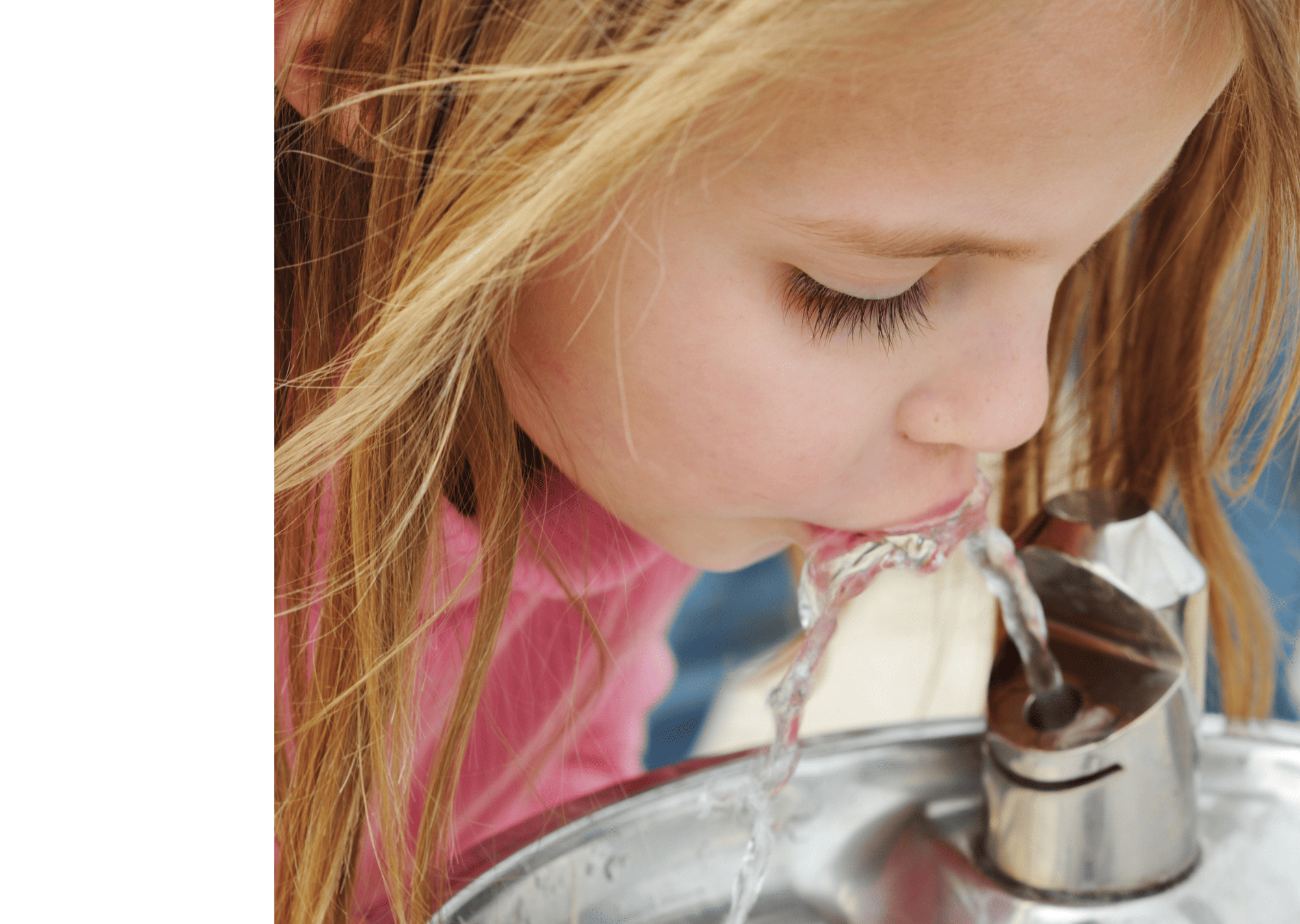Protocols for Lead in Water Sampling in Schools & Child Care Facilities
Children are most susceptible to the effects of lead because their bodies are still undergoing development and they tend to absorb more lead from the environment. The adverse health effects of lead exposure include reduced IQ and attention span, learning disabilities, poor classroom performance, hyperactivity, behavioral problems, impaired growth, and hearing loss.
The only way to know if there is lead in drinking water is to test.
Beginning January 1, 2023, all licensed Childcare Centers in California must have their cold water tested for lead. This includes all drinking or cooking water and restroom sinks.



Interested in Learning More? Sign up For a FREE Private Class!
Prior to Sampling
1. Confirm that this is a Child Care Center lead in drinking water inspection done in order to be in compliance with AB 4370, for a licensed Child Care Center
2. Make sure that client is aware of the requirements for lead in water testing to stay in compliance with the regulations set as of July 2021.
3. Schedule a certified CDPH Lead Sampling Technician/CDPH Lead Inspector/Risk Assessor for the visits and provide the client/school with the External Water Sampler Self-Certification Form.
4. Retrieve the facility number from the CDSS website.
5. Acquire an up-to-date site map from the facility.
6. Unpreserved samples, without nitric acid preservative, upon receipt at the laboratory are logged and preserved at the lab
During Sampling
1. Sampler must be accompanied by a designated Child Care Center staff contact (on-site contact) at all times they are present at the Child Care Center.
2. If any site conditions confirmed in the initial preparatory visit are not up to code, sampling must be rescheduled for another day. Sampling must be completed prior to parents and students arriving at the facility.
3. Complete LIC 9276 Sampling Checklist Form while on-site, to be signed by the on-site contact as well.
4. Ensure that all samples are properly bagged and labeled accordingly, and no leaks are present.
5. When sampling, document two (2) photographs of each sample location.
6. Ensure that all samples taken are 1st draw only. Use a 250mL, wide-mouth plastic bottle for sampling.
7. When sampling, follow the 2-Step Sampling procedure, in accordance with the EPA’s 3T.
9. Bag corresponding samples in single plastic bags.
10. The chain of custody must be filled out by hand.
11. Submit all samples to the laboratory.
Post Sampling
1. Confirm that results have been submitted to the appropriate government bodies within 2 weeks of sampling completion.
2. Results shall be submitted electronically to the California State Water Boards website.
3. If a result over 5.5ppb is reported, communicate with the school that an Action Level Exceedance has occurred.
Training
TRAINING school and child care officials to raise awareness of the 3Ts program and summarize the potential causes and health effects of lead in drinking water.
Testing
TESTING drinking water in schools and child care facilities to identify potential lead problems.
Taking Action
TAKING ACTION to reduce lead in drinking water.
Learn More!






